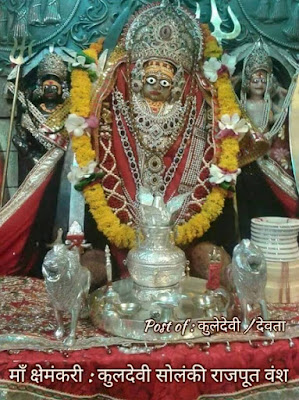Gaur Gour Rajput
Gaur Rajput
Rājpūt, Gaur, Chamar Gaur.—Colonel Tod remarks of this tribe: “The Gaur tribe was once respected in Rājasthān, though it never there attained to any considerable eminence. The ancient kings of Bengal were of this race, and gave their name to the capital, Lakhnauti.” This town in Bengal, and the kingdom of which it was the capital, were known as Ganda, and it has been conjectured that the Gaur Brāhmans and Rājpūts were named after it. Sir H.M. Elliot and Mr. Crooke, however, point out that the home of the Gaur Brāhmans and Rājpūts and a cultivating caste, [449]the Gaur Tāgas, is in the centre and west of the United Provinces, far removed from Bengal; the Gaur Brāhmans now reside principally in the Meerut Division, and between them and Bengal is the home of the Kanaujia Brāhmans. General Cunningham suggests that the country comprised in the present Gonda District round the old town of Sravāsti, was formerly known as Gauda, and was hence the origin of the caste name.1 The derivation from Gaur in Bengal is perhaps, however, more probable, as the name was best known in connection with this tract. The Gaur Rājpūts do not make much figure in history. “Repeated mention of them is found in the wars of Prithwi Rāj as leaders of considerable renown, one of whom founded a small state in the centre of India. This survived through seven centuries of Mogul domination, till it at length fell a prey indirectly to the successes of the British over the Marāthas, when Sindhia in 1809 annihilated the power of the Gaur and took possession of his capital, Supur.”2
In the United Provinces the Gaur Rājpūts are divided into three groups, the Bāhman, or Brāhman, the Bhāt, and the Chamār Gaur. Of these the Chamār Gaur, curiously enough appear to rank the highest, which is accounted for by the following story: When trouble fell upon the Gaur family, one of their ladies, far advanced in pregnancy, took refuge in a Chamār’s house, and was so grateful to him for his disinterested protection that she promised to call her child by his name. The Bhāts and Brāhmans, to whom the others fled, do not appear to have shown a like chivalry, and hence, strange as it may appear, the subdivisions called after their name rank below the Chamār Gaur.3 The names of the subsepts indicate that this clan of Rājpūts is probably of mixed origin. If the Brāhman subsept is descended from Brāhmans, it would be only one of several probable cases of Rājpūt clans originating from this caste. As regards the Bhāt subcaste, the Chārans or Bhāts of Rājputāna are admittedly Rājpūts, and there is therefore nothing curious in finding a Bhāt subsection in a Rājpūt clan. What the real origin of the Chamār Gaurs was is difficult to surmise. [450]The Chamār Gaur is now a separate clan, and its members intermarry with the other Gaur Rājpūts, affording an instance of the subdivision of clans. In the Central Provinces the greater number of the persons returned as Gaur Rājpūts really belong to a group known as Gorai, who are considered to be the descendants of widows or kept women in the Gaur clan, and marry among themselves. They should really therefore be considered a separate caste, and not members of the Rājpūt caste proper. In the United Provinces the Gaurs rank with the good Rājpūt clans. In the Central Provinces the Gaur and Chamār-Gaur clans are returned from most Districts of the Jubbulpore and Nerbudda divisions, and also in considerable numbers from Bhandāra.







